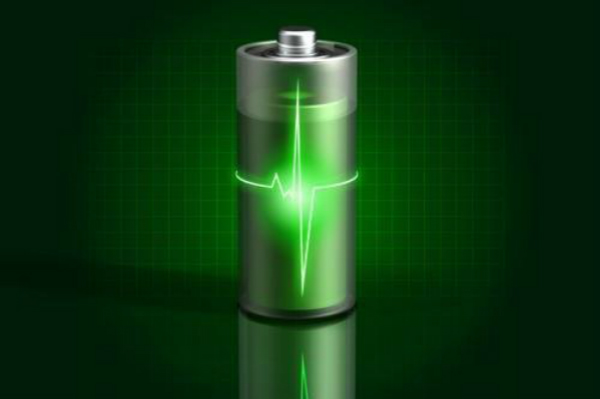Lithium Battery Material Cost Ratio
Lithium battery is a kind of battery which is made of lithium metal or lithium alloy and USES non-aqueous electrolyte solution. Lithium batteries can be roughly divided into two categories: lithium metal batteries and lithium ion batteries. Lithium-ion batteries do not contain metallic lithium and are rechargeable. The fifth generation of rechargeable battery lithium metal battery was born in 1996, its safety, specific capacity, self-discharge rate and performance ratio are better than lithium ion battery.

Lithium battery materials are mainly composed of: positive electrode material, negative electrode material, diaphragm, electrolyte. These four raw materials affect the charge and discharge voltage and current, battery capacity and life of lithium batteries.
1. Among the anode materials, the most commonly used materials are lithium cobalt oxide, lithium manganese oxide, lithium iron phosphate and ternary materials (nickel cobalt manganese polymer). Positive electrode material occupies a large proportion (the mass ratio of positive and negative electrode material is 3:1 ~ 4:1), because the performance of positive electrode material directly affects the performance of lithium ion battery, and its cost also directly determines the battery cost.
2. Among the anode materials, the current anode materials are mainly natural graphite and artificial graphite. The anode materials being explored include nitride, PAS, tin-based oxides, tin alloys, nanometer anode materials, and some other intermetallic compounds. As one of the four major components of lithium battery, the cathode material plays an important role in improving the capacity and recycling performance of the battery, and is at the core of the lithium battery industry. China's lithium battery cathode material technology is mature, carbon material variety, the lowest proportion of the cost, about 5-10%. The main research directions of anode materials are as follows: graphitized carbon materials, amorphous carbon materials, nitride materials, silicon-based materials, tin-based materials, new alloys and other materials.
3. The marketization of the diaphragm materials mainly is the PE (polyethylene, PE), polypropylene (polypropylene, PP) of Polyolefin (Polyolefin) class diaphragm. In the structure of lithium batteries, the diaphragm is one of the key inner components. The performance of the diaphragm determines the interface structure and internal resistance of the battery, which directly affects the capacity, circulation and safety performance of the battery. The diaphragm with excellent performance plays an important role in improving the comprehensive performance of the battery.
4. Electrolyte, as a carrier driving lithium ion flow, is of great importance to the specific capacity, operating temperature range, cycle efficiency and safety performance of the battery. It is also a guarantee for lithium ion battery to obtain high voltage and high specific energy, and plays a decisive role in the operation and safety of lithium battery. Electrolyte cost of the largest proportion of electrolyte, electrolyte is also the highest technical barriers. Lithium hexafluorophosphate is the most widely used electrolyte because of its unique properties. Lithium battery electrolyte has been dominated in the past by Japanese and Korean manufacturers. However, with the improvement of Chinese technology and the increasing growth of domestic demand, especially after the localization of lithium hexafluorophosphate, the electrolyte production capacity has been transferred to China.
High quality graphite manufacturer
If you need graphite powder, please feel free to contact: sales@graphite-corp.com







